I was looking over the circuit design for OpenEVSE. I was specifically interested in the GFCI portion of the circuit:

This circuit measures the current difference between Line and Neutral on a 120/240v 50-60Hz power source using a current transformer on the bottom two pins of the pin heade.
AFAIK this circuit triggers an interrupt on an MCU if the difference in current is larger than 20mA (50mA??).
I assume the 2 zeners are to avoid damaging the circuit from large current(voltage) spikes.
Both op amps are powered with +5v. It seems to me that this circuit will only trigger on the positive half of the AC wave. Since we are talking about 50-60Hz, this could mean there is a whole +/-25ms from the time where a short is created to when it is detected. Not to mention the time for the contactor to open...
I am wondering if I am overreacting and this is typical of GFCI circuitry. This circuit is usually hooked up to a 30+ amp breaker. Is my analysis correct? Is this an acceptable amount of delay to interrupt the power source in a ground fault condition?
My thought would be to have the op amps in an "absolute value" configuration and trigger on both halves of the ac waveform, saving up to 25ms.